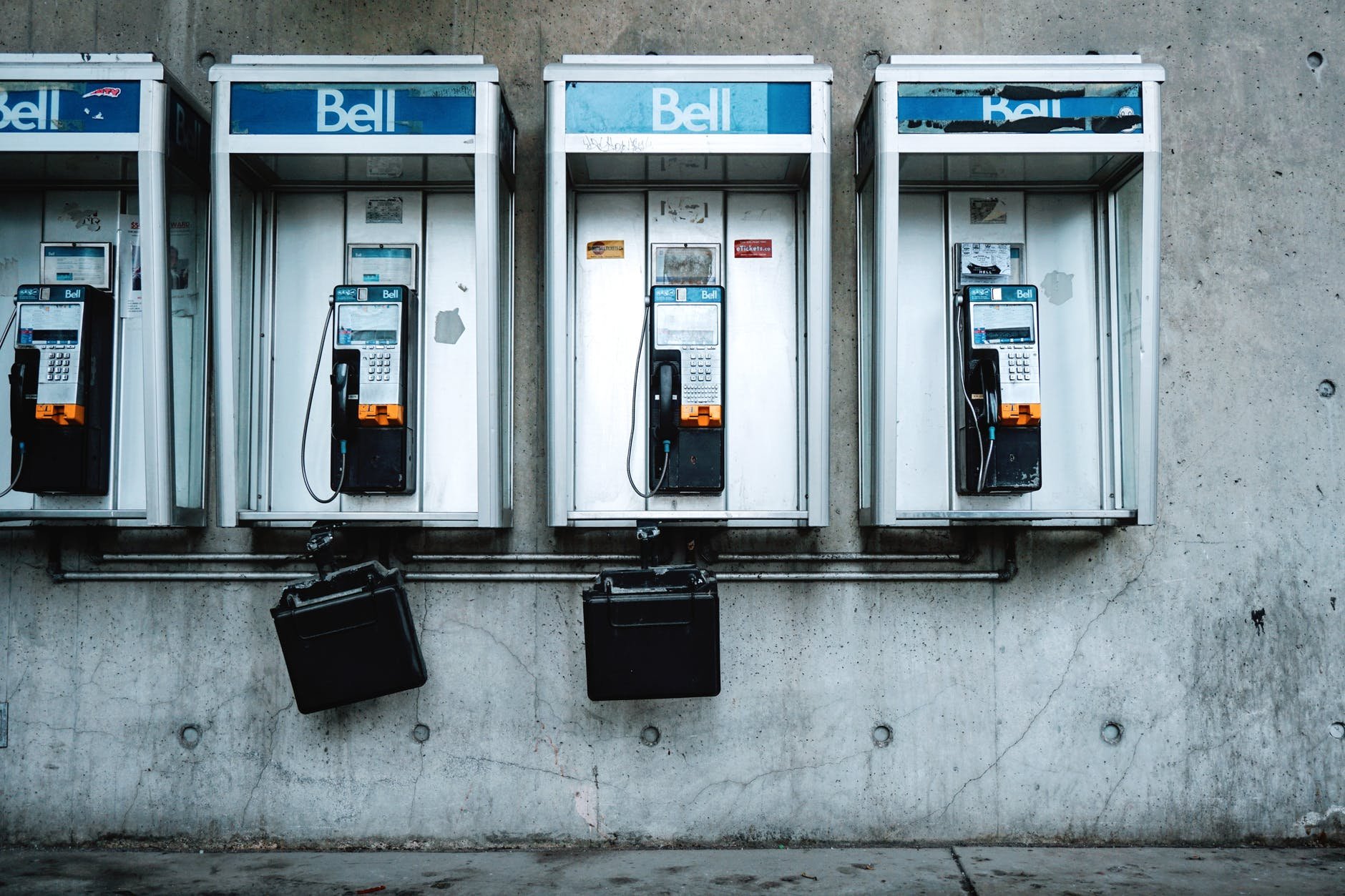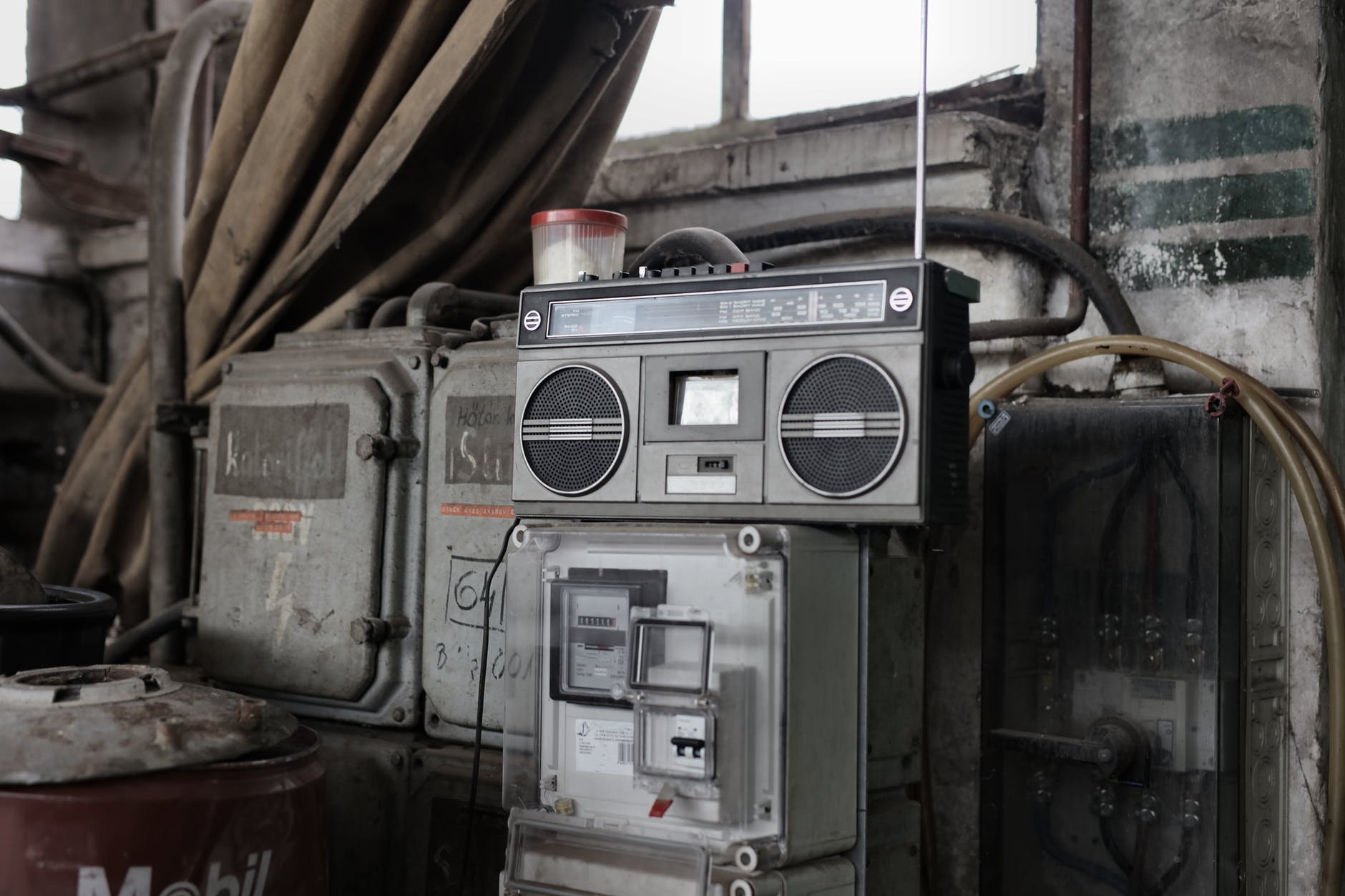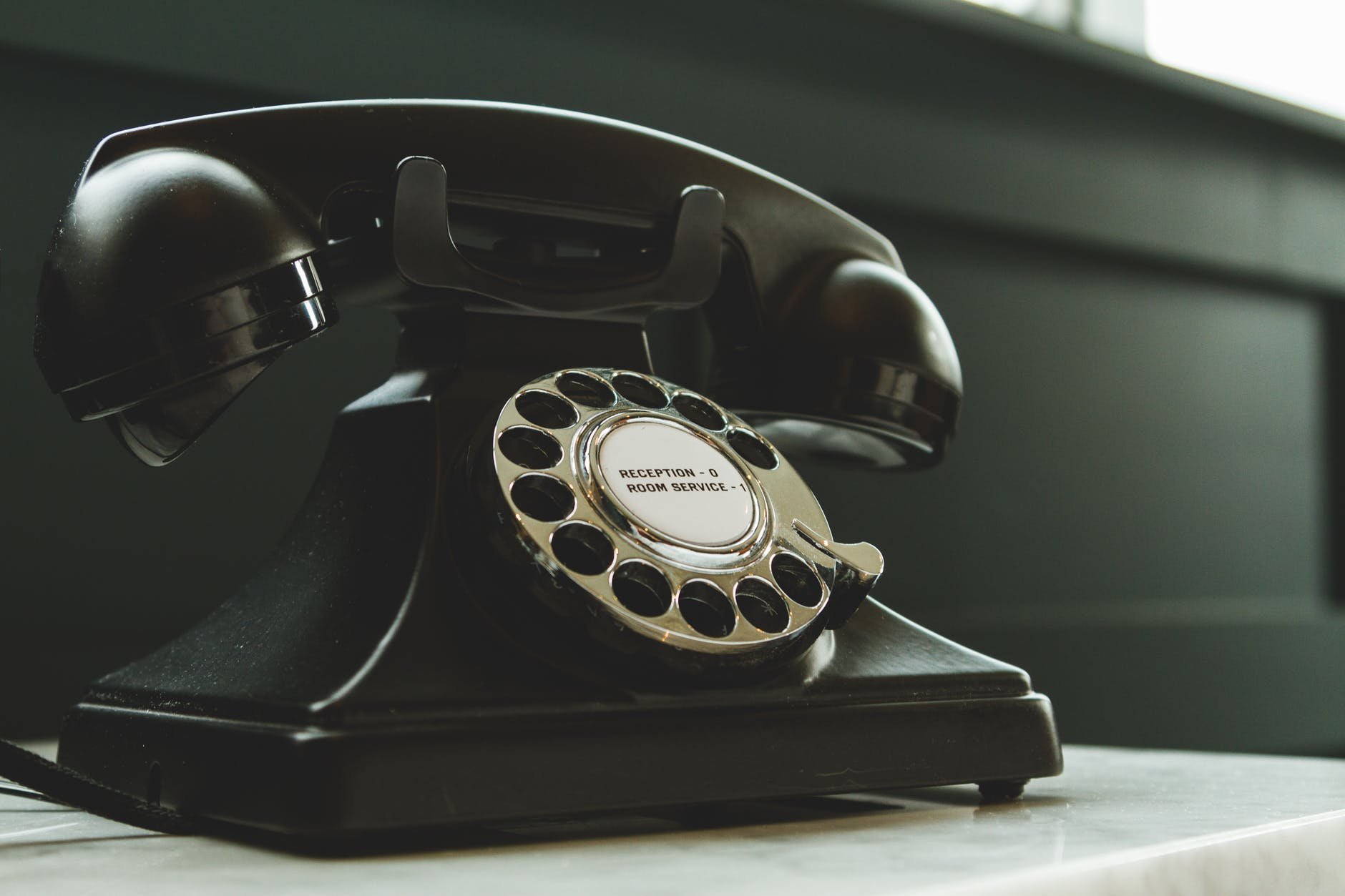Communicating Contagion: Infectious Media and Technologies, 1870-1914
What did the history of medicine, media and technology teach us about the COVID-19 pandemic? For one, the many of the anxieties we found ourselves experiencing first-hand also beset our nineteenth and twentieth-century predecessors. Bombarded with conflicting information from scientists, politicians and the media—an epidemic of (mis)information, not only of disease—we reached for the disinfectant to clean our mobile phones and electronic gadgets even when the latest research showed that the risk of SARS-CoV-2 transmission by such “fomites” was low.
This talk introduced a historical perspective into the discussion of anxieties about physical and mental well-being associated with communication technologies. It focused in particular on debates and experiments conducted in Britain and the US during the period 1870-1914 to establish whether using telephone instruments, especially in public places, increased the possibility of contracting infectious diseases such as tuberculosis, influenza and diphtheria.
About the Historian
Amelia Bonea is a historian of media, science, technology and medicine, working primarily on modern and contemporary South Asia and Britain. Her first monograph, The News of Empire: Telegraphy, Journalism, and the Politics of Reporting in Colonial India, c. 1830-1900 (Oxford University Press, 2016) was awarded the 2017 Eugenia M. Palmegiano Prize for the best book on the history of journalism by the American Historical Association. Currently based at the University of Heidelberg, she is the PI on a project about the history of palaeosciences in twentieth-century India funded by the German Research Foundation.









